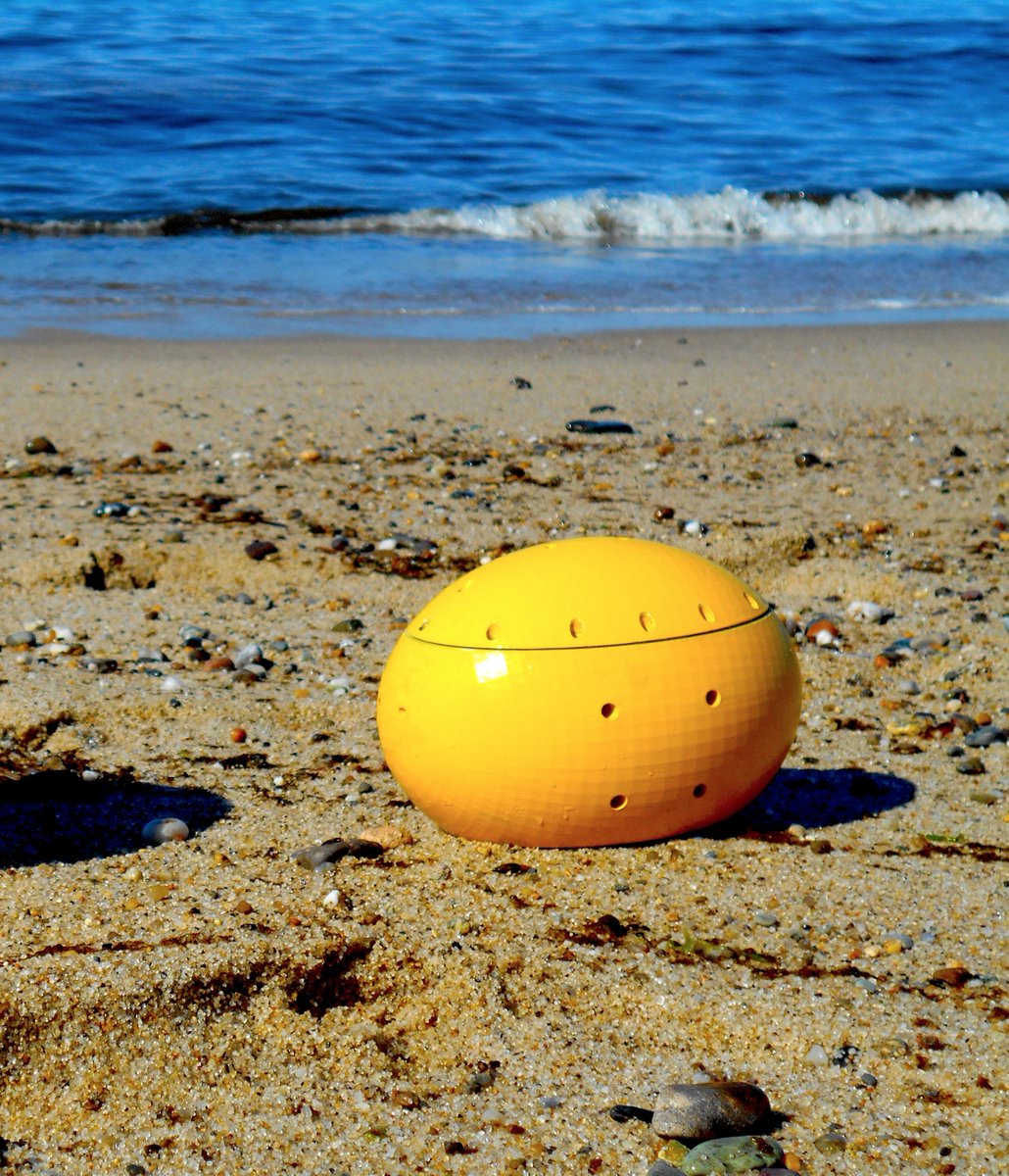From Techcrunch & Boston Herald
The earth consists of 70% ocean and 30% land.
And yet, famously, we know more about the surface of the moon than what lies beneath the waves, because only 5% of the world’s oceans have been explored.
This, despite the fact that 95% of the world’s life, energy and resources lies in the sea.
Currently our way of exploring this is by loading a bunch of electronics into something resembling a torpedo (an AUV) which must then explore the vast ocean ranges in a pretty solitary manner.
These AUVs are deployed to monitor oil spills and do environmental monitoring, but are pretty expensive, lumbering things which don’t have much intelligence.
What would be much smarter would be a swarm of small, autonomous underwater drones that could live almost constantly underwater, roaming the oceans and performing all these duties practically all the time.
Like an Internet of Things for the oceans.
Enter Hydroswarm, created by MIT PHD student Sampriti Bhattacharyya, who pitched the idea on stage at TechCrunch Disrupt SF today after being selected from Hardware Alley.
Hydroswarm is an adaptable, smart drone platform for under water explanation.
The platforms works with an autonomous drone which lives underwater, dubbed Eve, which can work with multiple other Eve drones to collect data.
Eve could operate as a consumer device, a little like an AirDog drone which follows a diver around, which can also upload data to the cloud once it’s on the surface.
Of course, used en mass in a swarm, the applications for Hydroswarm combined with Eve drones could be huge, from the monitoring in oil and gas industry, to environmental monitoring, to defense applications.
There are several billion dollar markets right there.
“The whole point of Hydroswarm is to provide a cheap and scalable method of mapping the ocean,” said Sampriti Bhattacharyya, founder and chief executive of Hydroswarm and a grad student at the Massachusetts Institute of Technology.
“There is so much potential out there. We had a space era. With all the subsea robotics, it could be a new era in ocean exploration.”
The small drones can work individually or together to either map different parts of the ocean or use sensors to detect abnormalities, including oil spills or radiation.
“These are football-shaped drones that are intelligent, autonomous,” she said.
“You put them in (the water), they map, and once they’re done, you retrieve the information from them.”
Meet EVE – the Ellipsoidal Vehicle for Exploration –
a sensor-studded yellow robot the shape of a pumpkin.
The breakthrough, she said, was in the communications between the drones.
“You drop five of them out, and they use the algorithm to understand (which other drones) they should talk to, and how they should pass on the information,” Bhattacharyya said.
She said the idea for the company — which is a MassChallenge finalist — came during the search for Malaysian Airlines Flight 370, which disappeared March 8, 2014, while en route from Kuala Lumpur to Beijing.
“We used a bunch of ships, and we used the smartest drone we had at the time,” she said.
“You’re trying to search this huge area. When you’re searching for an airplane, all you’re trying to do is pick up a ping.”
She said a group of small drones outfitted with equipment to listen for the plane’s black box would have been more efficient, and maybe more effective.
“People talk about the robots taking over, but we don’t have the technology to find the darn plane,” she said.
A drone swarm would also be useful during an oil spill to quickly measure the pollution below the surface, she said.
“Instead of using a bunch of boats to measure pollution, you distribute a bunch of sensors and have them record it,” Bhattacharyya said.
Using small drones would be more effective and safer because humans could stay far away from hazardous pollution and material.
The drones are designed to be outfitted with different kinds of sensors, making them useful for a variety of applications.
Right now, the drones can go between 200 and 250 meters deep, but later versions will be able to go 1,000 meters under the surface, Bhattacharyya said.
Normal battery life is about four hours.
For now Hydroswarm would like to test the product by producing a consumer version, and then move into industrial and commercial versions later.
The drones could also hit the consumer market, she said, to do things such as follow along with scuba divers who have no equivalent to aerial drones.
Links :
- FoxNews : Robot swarms will explore the waterways of Venice

NewScientist : Swarms of pumpkin-like robots could explore and map the oceans
ReplyDelete